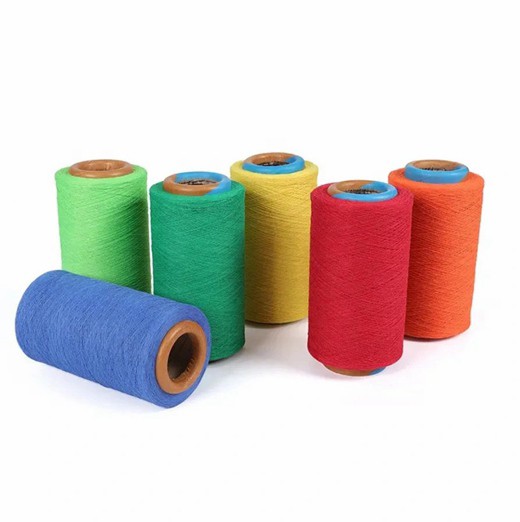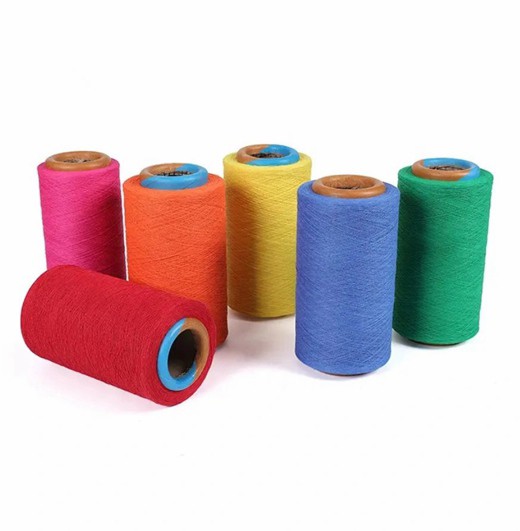Welcome!







Direct Deal Professional camelid yarn Thread Cashmere Goat Hair Thread DIY Woven Warm Sweater
Product Description
When maintaining wool yarn products, we need to pay attention to avoiding excessive friction and pulling to avoid damaging the yarn structure. At the same time, it is necessary to regularly clean and air dry it to keep it clean and dry. When cleaning, it is recommended to use mild detergent and avoid using bleach and strong alkaline substances to avoid damage to wool fibers.

The application of wool yarn in the textile industry has many advantages. Firstly, as a renewable resource, wool is environmentally friendly and in line with modern people's pursuit of green and healthy living. Secondly, wool yarn has rich color and texture variations, which can meet the personalized needs of different consumers. In addition, wool yarn also has good processing performance and can be blended with various fibers to expand its application fields.

There are multiple types of wool yarn, each with unique characteristics suitable for different projects. From soft and delicate Merino wool (suitable for baby clothing and delicate knitwear) to sturdy and durable wool (suitable for jackets and blankets), there is a type of wool yarn that can satisfy every creativity.

Wool yarn comes from the wool of sheep and other animals and is a natural and sustainable fiber choice. Woolen yarn has inherent warmth retention, breathability, and moisture absorption, making it a favorite for knitters and crochet weavers. It is used to make comfortable clothing, accessories, and home decor.

Woolen yarn is an eternal and multifunctional material that is highly valued by craftsmen and craftsmen, providing a unique blend of warmth, softness, and durability for various creative projects. In this article, we delve into the world of woolen yarn, exploring its characteristics, advantages, and endless possibilities for knitting, crochet, and handmade crafts.

Recommended Products
Recently Viewed
 High Tenacity camelid yarn Machine Knitting Yarn Mountain Goat Yarn
High Tenacity camelid yarn Machine Knitting Yarn Mountain Goat Yarn Wholesale goat yarn Thread Cashmere Goat Hair Thread DIY Woven Warm Sweater
Wholesale goat yarn Thread Cashmere Goat Hair Thread DIY Woven Warm Sweater Direct Deal Professional camelid yarn Machine Knitting Yarn Mountain Goat Yarn
Direct Deal Professional camelid yarn Machine Knitting Yarn Mountain Goat Yarn Wholesale yarn for blankets Thread Cashmere Goat Hair Thread DIY Woven Warm Sweater
Wholesale yarn for blankets Thread Cashmere Goat Hair Thread DIY Woven Warm Sweater High Tenacity yarn for blankets Thread Cashmere Goat Hair Thread DIY Woven Warm Sweater
High Tenacity yarn for blankets Thread Cashmere Goat Hair Thread DIY Woven Warm Sweater
Contact Us
INNER MONGOLIA TESSAR TEXTILE CO., LTD.


